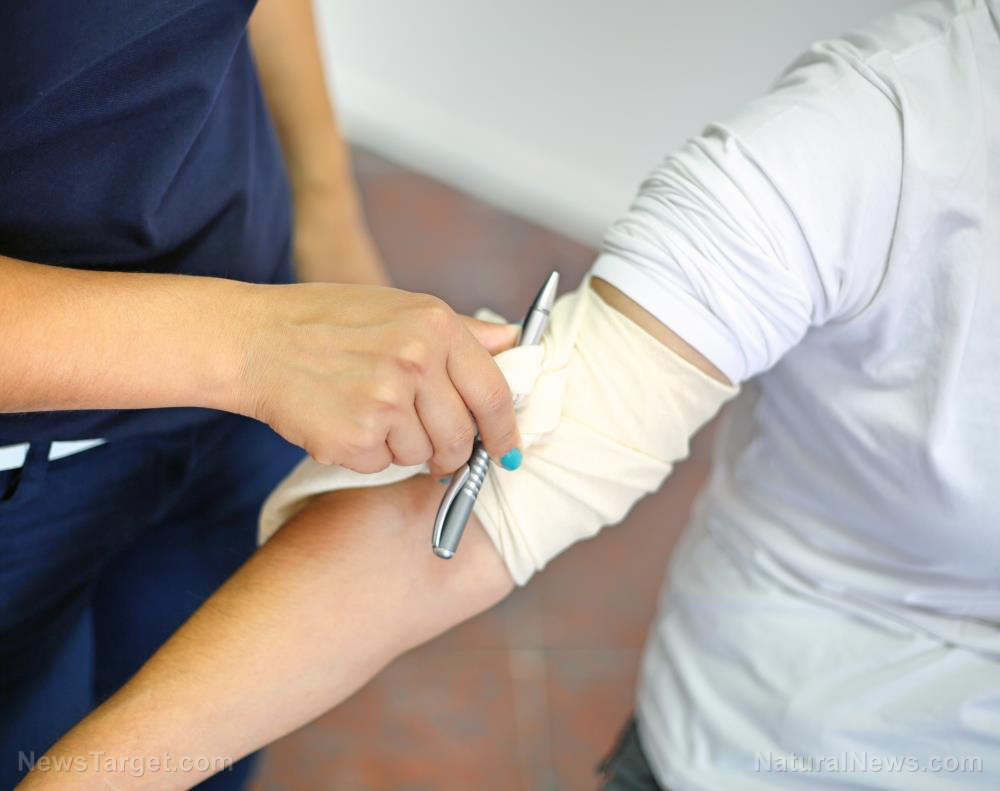Prepping tips for women: Natural birth control methods you can use in a post-SHTF world
10/27/2019 / By Grace Olson

Getting pregnant during and after SHTF poses a lot of risks. Not only is there a lack of access to clean facilities and a doctor, it also places an incredible physical burden on the mother. Giving birth in that kind of environment increases the risk of contracting an infection or disease. In the worst-case scenario, it can take the lives of both mother and child.
Without access to clean facilities, it may be better to avoid getting pregnant. For female preppers, this is a big issue. Common methods of preventing pregnancy may no longer be available, and they’ll have to rely on natural ways instead. (h/t to ReadNutrition.com)
The problem with common birth control methods
When it comes to birth control, people usually think of condoms and birth control pills. While they may seem effective in a survival scenario, you also have to consider their disadvantages, such as:
- Expiration dates. There’s no use stocking up on a 10-year worth supply when all of them will expire in a year. Their effectiveness significantly reduces when they’re past the expiration date. Not only would you have wasted money, you’d have a pile of unnecessary items in your house as well.
- Pills need prescription. Under normal circumstances, it’s already difficult to acquire birth control pills because they require a doctor’s prescription. This may prove more difficult in an SHTF situation. (Related: Depression and increased cancer risk: 6 Reasons not to take birth control pills.)
These common birth control methods may not be effective in a disaster. It may be best to switch to natural ways to avoid pregnancy.
Natural birth control methods
The first thing to do in order to prevent pregnancy is to know your body. Every woman is different: each has different menstrual cycles and varying levels of fertility. To prepare for a disaster, it is best to first consult with your health care provider. Ask if there are any special conditions you need to know. By learning more, you will have a better idea of which birth control method will work best for you.
When disaster strikes, here are some natural ways to avoid getting pregnant:
Calendar/Rhythm method
This method will help you determine the days of your peak fertility and days that you are “safe” to have sex. For those who have a predictable cycle, this is an easy method to follow. However, this method requires you to know the schedule of your menstrual cycle beforehand.
Basal body temperature method
If you have an unpredictable menstrual cycle and you’re not sure of your schedule, you can always use this method. The basal body temperature method (BBT) is also called the “thermometer” method. Compared to condoms and pills, they can be used multiple times and you can buy a few back-ups.
The primary idea behind this method is that there are minute changes in body temperature when a woman ovulates. When the BBT is low, it is a safe day. If the BBT rises, the person is ovulating and more likely to get pregnant.
Follow the steps below to chart your BBT:
- Take your temperature once you wake up. For accurate data, it’s best if you take it at the same time every day.
- Record the temperature and lay them out on a chart.
The changes in temperature are extremely small, so it’s best to use a special large-scale basal thermometer. Once you get the hang of charting your BBT, you now have a better idea of your safe and fertile days.
Cervical mucus method
This method requires you to examine your cervical mucus. Changes in the cervical mucus’ color and consistency reflect the peak times of fertility. On safe days, women release a cloudy discharge. However, once a woman ovulates, the cervical mucus looks stretchy and clear, like a raw egg white. If the discharge becomes cloudy again, it means the ovulation is over.
In an SHTF situation, pregnancy is risky. If you’re currently pregnant, you must prepare a lot of things in case disaster strikes. Find out more at Preparedness.news.
Sources include:
Tagged Under: basal body temperature, Birth control, birth control pills, bug out, calendar method, cervical mucus method, condoms, female prepper, natural health, off grid, pregnancy, preparedness, prepper, prepping, prevention, SHTF, survival, survivalist, women's health
RECENT NEWS & ARTICLES
SurvivalMedicine.News is a fact-based public education website published by Survival Medicine News Features, LLC.
All content copyright © 2018 by Survival Medicine News Features, LLC.
Contact Us with Tips or Corrections
All trademarks, registered trademarks and servicemarks mentioned on this site are the property of their respective owners.


















